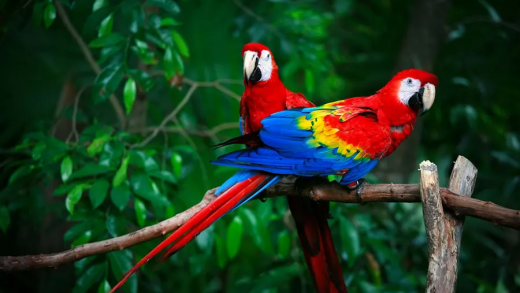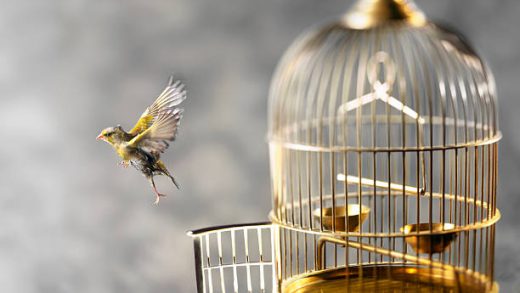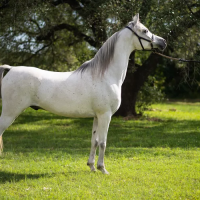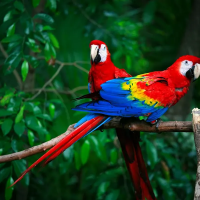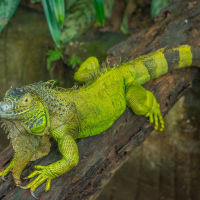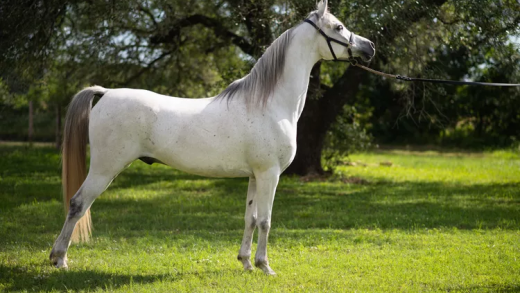
Table of Contents
Quick Facts
| Aspect | Details |
|---|---|
| Origin | Found in tropical Indo-Pacific waters, including reefs and shallow coastal areas. |
| Size | Typically range from 6 to 12 inches (15 to 30 cm) in length, though some species can grow larger. |
| Lifespan | Generally around 5 to 10 years in the wild, but can live longer under ideal conditions in captivity. |
| Coat | Covered in a leathery skin with tube feet underneath for movement and feeding. |
| Temperament | Generally peaceful, but can expel toxic substances when stressed or threatened, which can harm other tank inhabitants. |
| Exercise Needs | Move slowly across the sea floor; minimal exercise needs beyond normal tank movement. |
| Training Difficulty | Not trainable in the conventional sense; behavior is largely instinctual and reactive to environmental stimuli. |
| Health Issues | Susceptible to stress-related issues and diseases if water quality is poor or tank conditions are not optimal. |
| Grooming Needs | No grooming needed; mainly relies on proper tank maintenance and water quality. |
| Price | Prices can vary widely based on species, size, and rarity, but typically range from $30 to over $100 USD per Sea Apple. |
Introduction: Sea Apple
Sea Apples or scientifically known as Paracucumaria tricolor are bright-colored marine species of the class Holothuroidea, and more specifically, they fall under sea cucumber species. These fish have attractive and rather distinctive looks and if that is not enough, they also present interesting behaviors which have placed these fish at the top of the list for people when it comes to getting an exciting pet for the saltwater aquarium. However, ownership of Sea Apple is accompanied with positive prognosis as to their health and longevity in captivity but their physiologic and pathologic needs and attributes must be properly understood.

History and Origin
Occurrence of Sea Apples is reported mostly at the Great Barrier Ree, and other coral reefs in the Western Pacific tropical oceanography zone. These echinoderms coexisted with marine life for millions of years as their functions include water filtration and utilization of planktons.
Physical Appearance
It should also be noted that Sea Apples are characterized by bright colors and a rather original shape of their body. They have a big, round, but thick cylindrical shaped body reaching a length of up to 12 inches. This makes them have bright colors of red, purple, yellow and blue; features that make them a lovely sight when placed in an aquarium. The most outstanding attribute of Sea Apple is that it has strings that appear like feathers or feel like touch coming from one part of the body. Though these are feeding tentacles, they are also high, which can be drawn back at short notice if the animal feels the presence of danger.
Temperament and Personality
Despite the fact that Sea Apples are somewhat inactive and can stay still for most of the day, they have some rather peculiar behavioral patterns that are rather entertaining to watch, which is why Sea Apples are good choices for pets. It is for the most part a docile class of animals which attach themselves to rocks or corals in their habitats. They filter feed by sweeping their tentacles to bring placental feed such as plankton and other small organisms in water. They are therefore not the kind of pets that you can play with directly but observing them feeding and their smooth movements can be somewhat appealing.

Exercise and Activity Needs
Contrary to other animals that may need to exercise frequently if not always, Sea Apples do not need to exercise at all. However, they do require a clean and large tank to be fit in and live well in. At least 50 gallons is advised, with a lot of live rock and coral so that the fish have a lot of spaces to hide behind and surfaces to attach to. Potential variability as regards water temperature, salinity, and pH should be avoided as constant shifting of the above parameters negatively affects Sea Apples.
Grooming
In order to groom a Sea Apple the main action that is needed to be performed is to ensure that the tank where the Sea Apple is located is properly cleaned. An important remark is to do frequent water changes, to have efficient water filtration, and to control water parameters. It can be concluded that one should adhere to low concentrations of nitrates and proper water circulation in the aquarium to keep the Sea Apple in good shape. Also, what other fish or invertebrates are placed with them must be selected wisely since aggressive species will pose a threat to the Sea Apple.
Health and Common Concerns
Sea Apples are tiny animals and, for this reason, require special care regarding their state of health. One of the most frequent complaints is the emission of toxins in response to stress or injury, which is fatal to other inhabitants of the tank. Hence, the challenge is to avoid anything that may cause them to be managed in a way that they may be harmed physically. People should ensure they check their octopus for signs of stress like tentacle retraction that is not normal or changes in color of the skin. Ample amount of food such as planktons in their diet and maintaining the environment will help in enhancing the health of the animals.

Training and Socialization
The Sea Apple is not trained, socialized as most normal pets in the normal society are trained. Nevertheless, for the best outcome, it is important to ensure the surrounding is favorable for manifestation of natural instincts. When introducing them to a new tank it should be done over some time to enable them to adjust to the new environment. Interacting with other species found in the marine environment should be done carefully depending on whether the two species can comfortably live together to prevent stressing or even attacking each other.
Conclusion
Keeping Sea Apple as an exotic pet is possible and rather beneficial for experienced tetrad aquarists. It gives the marine aquarium an extra sparkle with their looks and behavioral characteristics. However, one needs to never forget that they are fragile and need a lot of attention and a stable environment in order to grow. People who are intending to become the custodians of these sites should know that they will be required to shoulder the above-mentioned tasks to manage their densities. IF taken care of properly the Sea Apples can grow and bloom and you will be able to keep part of the colorful Indo-Pacific reef in your own home.
Image Source: Wikimedia, Wikipedia, Saltcorner, Aquatics Unlimited
People also read about: Mini Bernedoodles

